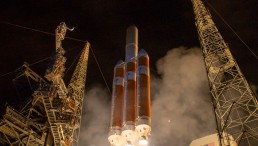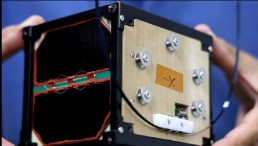Antarctica
Why Researchers Have to Go In Disguise—The Penguin in the Room
The Story Behind 100-Year-Old Journal Found In Antarctica
In Snow and Ice—Researchers Reveal Century Old Journal in Antarctica
Most Popular

November’s Beaver Moon: Final Supermoon of the Year Peaking Mid-Month

HIPAA Compliance in the Age of Big Data

Cloud Adoption and Migration Best Practices Key Points to Include

Rare Fossil Reveals Key Clues About Evolution of Bird Brains from Dinosaurs





